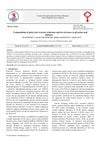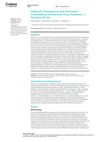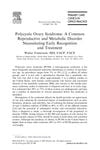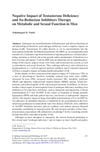Clinical Aspects of the Metabolic Syndrome
December 2017
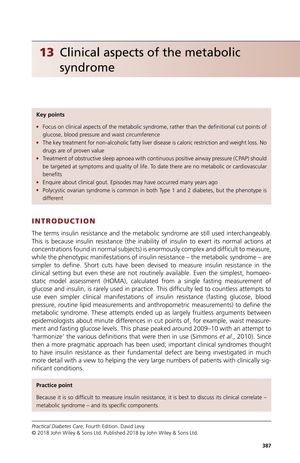
TLDR Losing weight and eating better are key to managing metabolic syndrome and its related conditions.
The document from December 15, 2017, addresses the clinical aspects of metabolic syndrome, emphasizing the importance of clinical manifestations over strict definitional criteria. It notes that the primary treatment for non-alcoholic fatty liver disease (NAFLD) is caloric restriction and weight loss, as pharmacological treatments like glitazones and metformin have uncertain efficacy, and while high-dose vitamin E and statins have some benefits, they also have drawbacks. Continuous positive airway pressure (CPAP) is recommended for obstructive sleep apnea (OSA) to improve symptoms and quality of life, but it does not significantly affect metabolic or cardiovascular outcomes. The document also discusses the prevalence of polycystic ovarian syndrome (PCOS) in diabetes and the 'obesity paradox,' highlighting the importance of recognizing clinical features of insulin resistance and the benefits of physical activity. It concludes that weight normalization should be encouraged to reduce Type 2 diabetes and improve health outcomes, rather than focusing on optimal weight after severe complications have occurred. Additionally, it mentions that up to 75% of Type 2 diabetes patients have NAFLD, which is linked to increased cardiovascular and chronic kidney disease risk, and that bariatric surgery can improve hepatic structure, but more studies are needed. Weight loss and dietary management are recommended for gout, with pharmacological treatments for recurrent attacks. The role of ectopic fat in organs in metabolic syndrome is also noted.

